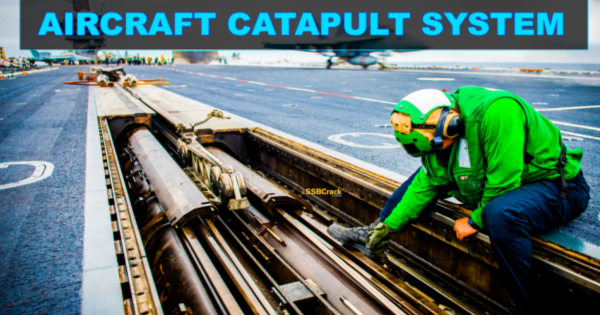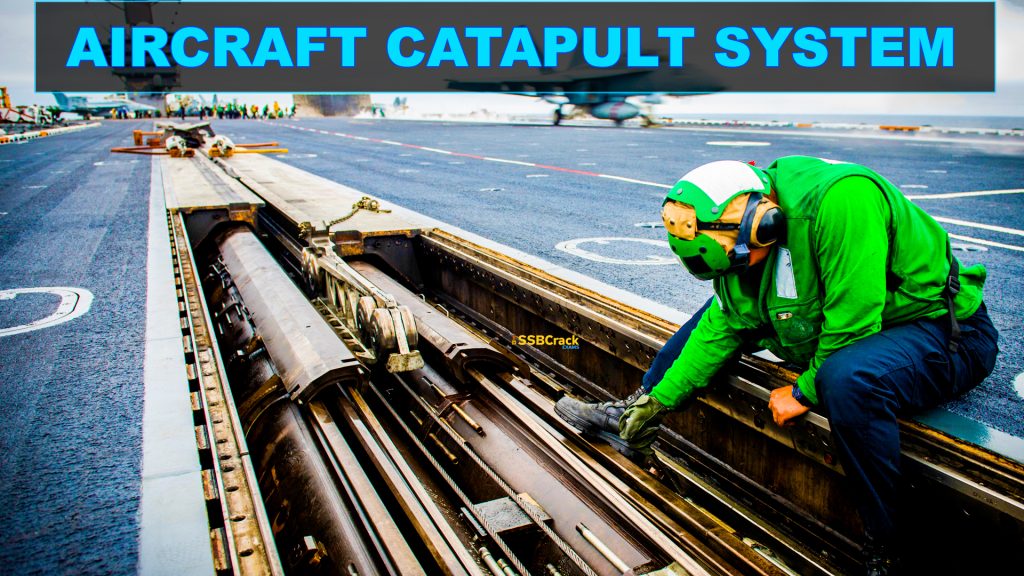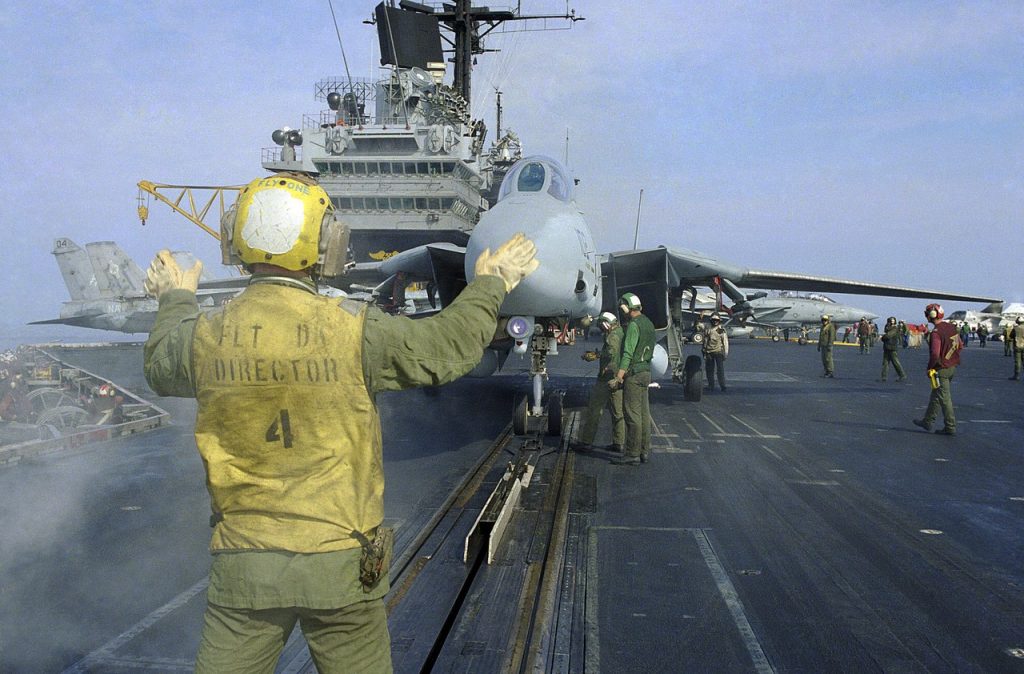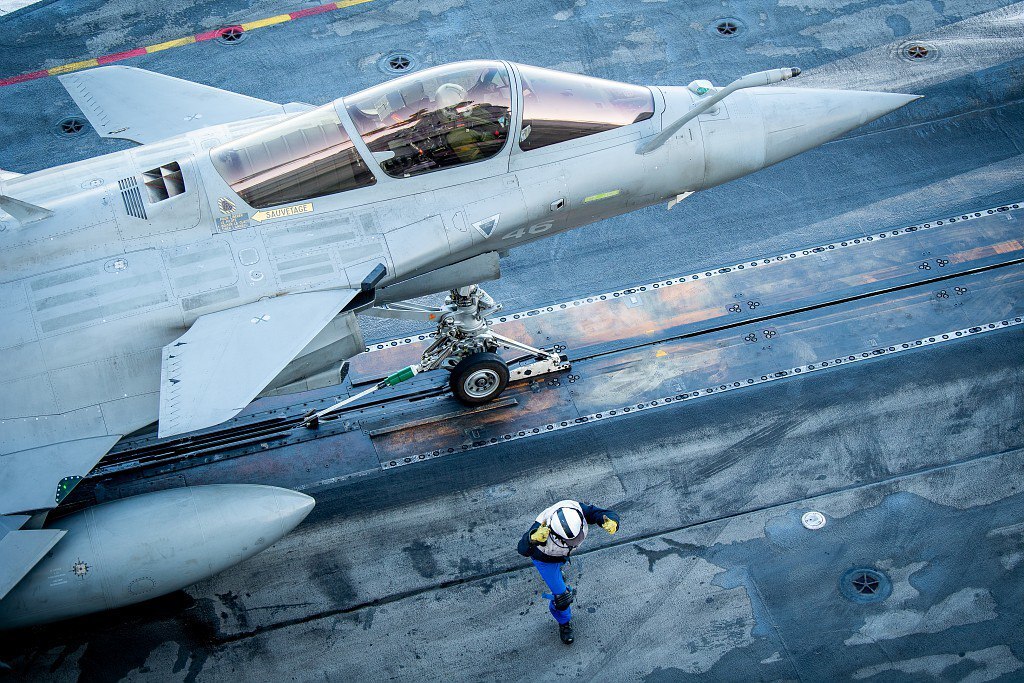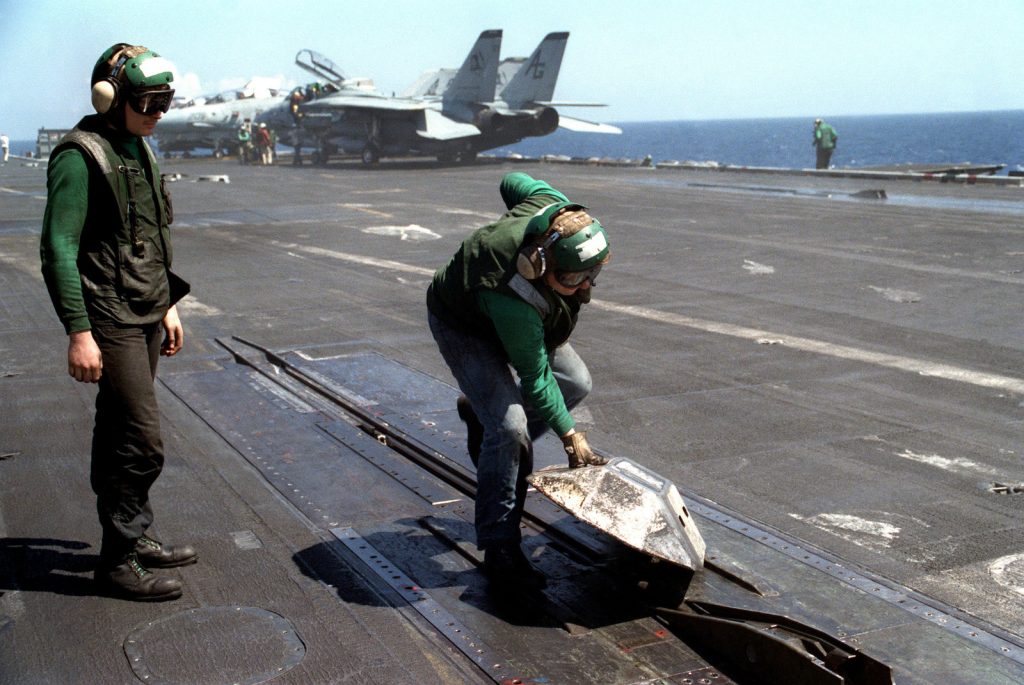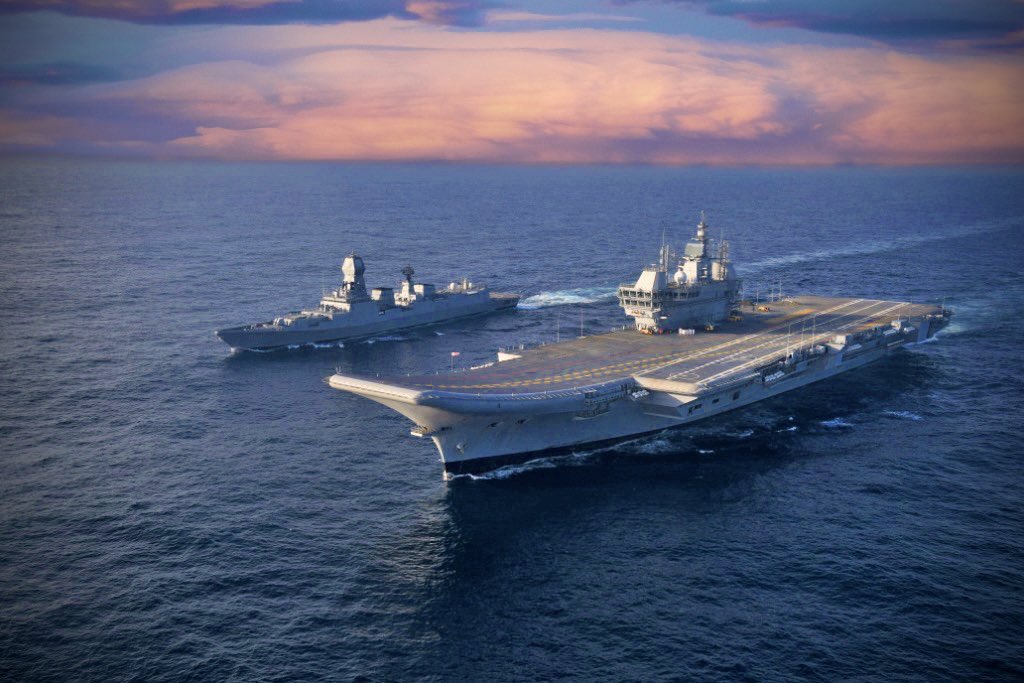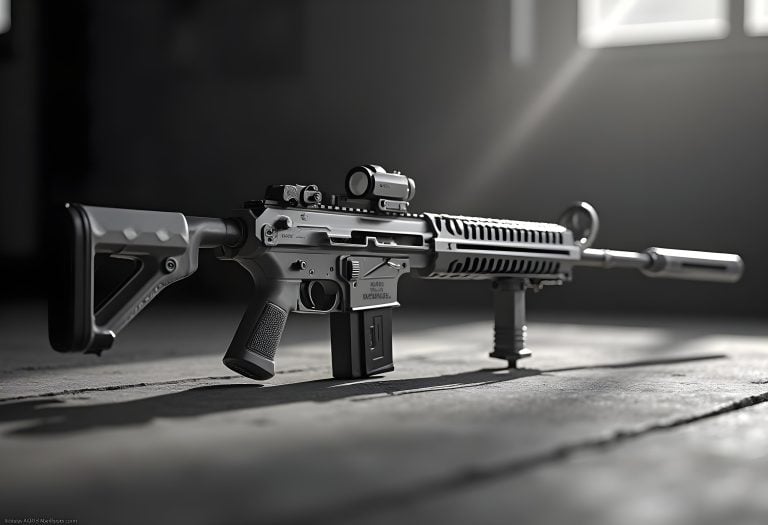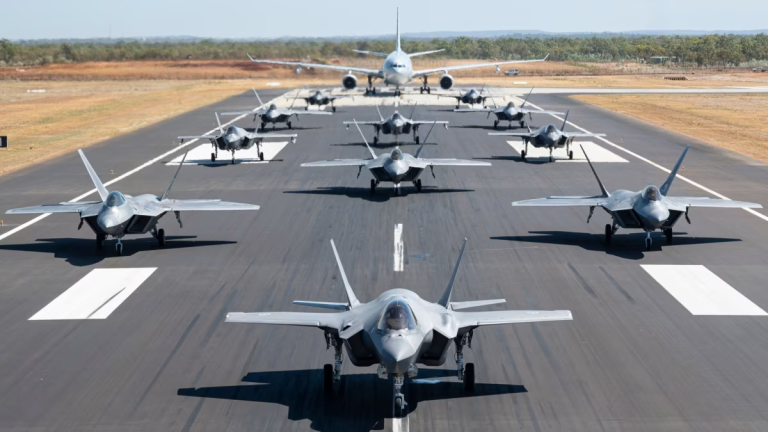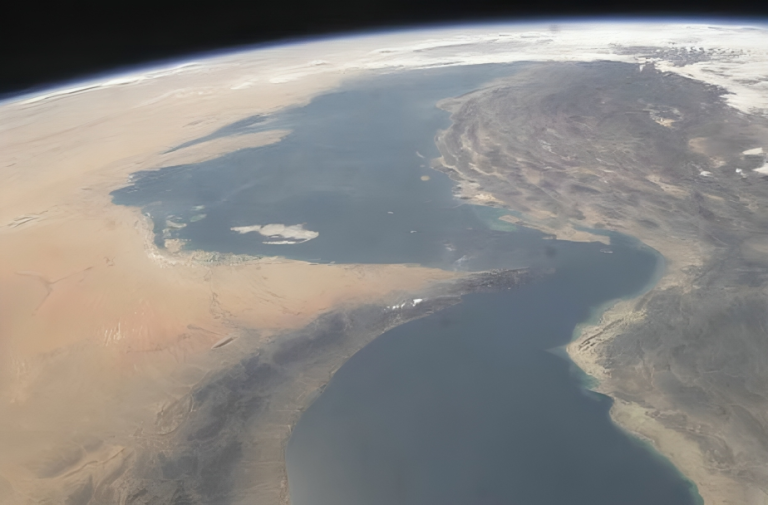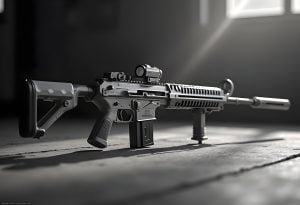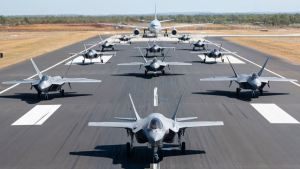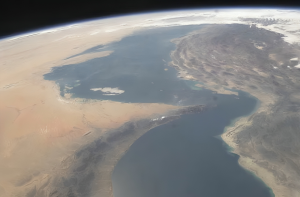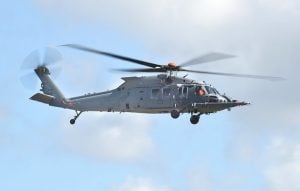Aviation has come a long way since the Wright brothers’ first flight to today’s supersonic jets. The aircraft catapult system is one technology that has been critical in the development of modern aircraft carriers. This clever invention allows planes to take off from a ship’s deck even when there isn’t enough space for a traditional runway. In this blog, we’ll look inside aircraft catapult systems and see how they’ve helped to revolutionize naval aviation.
What is an Aircraft Catapult System?
An aircraft catapult is a device that allows aircraft to take off from a very small area, such as the deck of a ship, but it can also be installed on land-based runways in rare cases. It is now most commonly used as a type of assisted take-off on aircraft carriers.
The catapult on aircraft carriers consists of a track, or slot, built into the flight deck, beneath which is a large piston or shuttle attached through the track to the nose gear of the aircraft, or in some cases a wire rope attached to the aircraft and the catapult shuttle. Other forms, such as mounting a launching cart holding a seaplane on a long girder-built structure mounted on the deck of a warship or merchant vessel, have been used historically, but most catapults share a similar sliding track concept.
How does an Aircraft Catapult work?
To make takeoff a little easier, carriers can get additional airflow over the flight deck by speeding through the ocean, into the wind, in the direction of takeoff. The movement of air over the wings reduces the plane’s minimum takeoff speed.
The ability to move air over the deck is important, but the primary takeoff assistance comes from the carrier’s four catapults, which propel the planes to high speeds in a short distance. Each catapult is made up of two pistons that sit inside two parallel cylinders that are about the length of a football pitch and are located beneath the deck. Each piston has a metal lug on its tip that protrudes through a narrow gap at the top of each cylinder. The two lugs pass through rubber flanges that seal the cylinders and a gap in the flight deck, where they connect to a small shuttle.
The flight deck crew positions the plane at the back of the catapult and attaches the towbar on the plane’s nose gear (front wheels) to a slot in the shuttle to prepare for takeoff. Another bar, the holdback, is placed between the back of the wheel and the shuttle. During this time, the flight crew raises the jet blast deflector (JBD) behind the plane (aft of the plane, in this case). The catapult officer (also known as the “shooter”) prepares the catapults from the catapult control pod, a small, encased control station with a transparent dome that protrudes above the flight deck, once the JBD, towbar, and holdback are all in place and all final checks have been completed.
When the plane is ready to launch, the catapult officer opens valves, allowing high-pressure steam from the ship’s reactors to fill the catapult cylinders. This steam provides the necessary force to propel the pistons at high speeds, propelling the plane forward and creating the lift required for takeoff. Because the pistons are initially locked into place, the cylinders simply build up pressure. The catapult officer carefully monitors the pressure level to ensure that it is appropriate for the plane and deck conditions. If the pressure is too low, the plane will not be able to take off and will be thrown into the ocean by the catapult. If there’s too much pressure, the sudden jerk could break the nose gear right off.
Alternatives to a Catapult System
STOBAR aircraft carriers are used by the Chinese, Indian, and Russian navies to operate conventional aircraft (Short Take-Off But Arrested Landing). They use a ski jump instead of a catapult to help aircraft take off with a positive rate of climb. Carrier planes like the J-15, Mig-29K, and Su-33 rely on their own engines to get up to speed. As a result, they must take off with less fuel and armament.
STOVL aircraft, such as the F-35B Lightning II, Sea Harrier, and AV-8B Harrier II, are used by all other navies with aircraft carriers. These aircraft can take off vertically with a light load or roll with a heavy load using a ski jump. STOVL carriers are less expensive and generally smaller in size compared to CATOBAR carriers.
To crack the SSB Interview and join the Indian Army as an Officer, You can join our SSB interview live classes batch and we recommend you to Enroll SSB INTERVIEW ONLINE COURSE. Trusted by thousands of defence aspirants.
Also read:
- Glorious History Of Indian Aircraft Carriers
- How To Identify The Different Components Of Fighter Aircraft?
- Comparing Rafale And F-35: Who Will Win?
- Exploring The Future Of Air Combat: BAE Tempest
- Should India Buy F-35 And What Are The Alternatives?
- How HAL Combat Air Teaming System (CATS) Is Going To Help Indian Air Force?
- All Fighter Aircraft Of India – How To Identify Them
- Twin Engine Deck-Based Fighters (TEDBF)
- All About India’s 5th Generation Fighter Jet ‘AMCA’
- Detailed Analysis: Why Is India Interested In US Predator Armed Drones?
- Loitering Munitions – Kamikaze Drones For The Indian Armed Forces


